Master the subject of Economics in an easy and fun way with real world examples.
- All Levels
- 15 hours
- 16-18 Years
-
 Online Classes (Group)
Online Classes (Group)
 INR 1000.00 Per Lesson
INR 1000.00 Per Lesson
Pooja Agarwal
India |
(1 vote)
Explore the basics of economics through interactive discussions and real-world examples. We'll analyze the decision-making processes of individuals, businesses, governments, and societies, uncovering the economic forces that shape our daily lives and the global economy.
Lesson 1: Demand and Supply
- Meaning
- Factors affecting demand and supply
- Laws of demand and supply with exceptions.
Lesson 2: Elasticity of Demand and Supply
- Meaning
- Types
- Different measurement techniques.
Lesson 3: Consumer Behaviour- Utility
- Concept, Laws of Utility.
- Cardinal and Ordinal Utility - assumptions
- Theory,
- Properties
- Equilibrium
Lesson 4: Production
- Concept
- Functions
- Short-run and long-run laws
- The production curves
Lesson 5: Costs and Revenue
- Concept
- Types
- Short-run and long-run laws
- The cost and revenue curves
Lesson 6: Market Mechanism
- Concept
- Different market structures along with their classification
- features and real-world examples
Lesson 7: Money
- Evolution of money
- Different kinds and functions of money
- Importance of money and Money supply
Lesson 8: Banking system
- Concept
- Types of banks.
- Functions and Role of Commercial and Central Banks with examples
Lesson 9: Monetary and Fiscal Policy
- Concept
- Classification
- Importance and implications
Lesson 10: Government Budget
- Meaning
- Need and importance of a budget
- Types
- Components and classification, along with insights into the current year's budget.
Lessons schedule
- One Class per week, preferably on Sunday.
- Timing and day are subject to flexibility according to your convenience.

Divya Shah
India |
No votes yet
Math from Grade 1 to Grade 8
Online Math Tutor for grade 10 CBSE
- All Levels
- 1 hour
- 11-18 Years
-
 Online Classes (Group)
Online Classes (Group)
 INR 2083.00 Monthly
INR 2083.00 Monthly
Pankaj Kumar
India |
(1 vote)
Online math tutor for grade 10 CBSE
No of classes days: Thrice a week on alternate days
Duration: 1 hour each
You will be given 2-3 options to choose from.
Caleb Oparachukwu
Nigeria |
(1 vote)
How to identify words and the parts of speech they belong to.
Lesson 1: Introduction to Nouns
- Definition of nouns and their role in sentences.
- Types: Common vs. Proper, Singular vs. Plural, Concrete vs. Abstract.
- Types: Common vs. Proper, Singular vs. Plural, Concrete vs. Abstract.
Lesson 2: Nouns in Action
- Possessive nouns, collective nouns, countable vs. uncountable nouns.
- How nouns function as subjects and objects in sentences.
- Activity: Writing descriptive sentences using different types of nouns.
Lesson 3: Introduction to Pronouns
- Definition and purpose of pronouns.
- Types: Personal, Subject vs. Object Pronouns.
- Activity: Pronoun substitution exercises (replacing nouns with pronouns).
Lesson 4: Pronouns in Action
- Possessive, reflexive, and demonstrative pronouns.
- Pronoun-antecedent agreement to avoid confusion.
- Activity: Editing sentences to correct pronoun errors.
Lesson 5: Introduction to Verbs
- Definition and role of verbs in sentences.
- Types: Action vs. Linking Verbs.
- Activity: Identify and act out action verbs (interactive game).
Lesson 6: Verbs in Action
- Helping verbs, modal verbs, and irregular verbs.
- Subject-verb agreement rules.
- Activity: Sentence-building with verbs in different tenses.
Lesson 7: Introduction to Adjectives
- Definition and function of adjectives.
- Types: Descriptive, Demonstrative, Proper Adjectives.
- Activity: "Describe the Picture" – Using adjectives to describe objects.
Lesson 8: Adjectives in Action
- Comparative and superlative adjectives (bigger, biggest).
- Adjective order in sentences (size, color, origin).
- Activity: Rearranging adjectives in the correct order in sentences.
Lesson 9: Introduction to Adverbs
- Definition and function of adverbs.
- Types: Adverbs of Manner, Place, Time, Frequency.
- Activity: Match verbs with appropriate adverbs (e.g., "run quickly").
Lesson 10: Adverbs in Action
- Comparative and superlative adverbs (well → better → best).
- Avoiding overuse of adverbs in writing.
- Activity: Rewrite weak sentences by replacing or removing unnecessary adverbs.
Lesson 11: Introduction to Prepositions
- Definition and function of prepositions.
- Types: Prepositions of Place, Time, and Movement.
- Activity: Preposition hunt – finding prepositions in a short passage.
Lesson 12: Prepositions in Action
- Prepositional phrases and their role in sentences.
- Common preposition errors (in/on, at/by).
- Activity: Writing short descriptions using prepositions.
Lesson 13: Introduction to Conjunctions
- Definition and function of conjunctions.
- Types: Coordinating Conjunctions (FANBOYS: For, And, Nor, But, Or, Yet, So).
- Activity: Sentence-combining exercises using FANBOYS.
Lesson 14: Conjunctions in Action
- Subordinating conjunctions (because, although, while).
- Correlative conjunctions (either/or, neither/nor).
- Activity: Writing complex sentences using different conjunctions.
Lesson 15: Introduction to Interjections
- Definition and function of interjections.
- Types: Strong vs. Mild Interjections (Wow! Oops! Oh…).
- Activity: Identifying interjections in comics and everyday speech.
Lesson 16: Interjections in Action
- How interjections add emotion to writing and speech.
- Formal vs. informal interjections.
- Activity: Role-playing short dialogues using interjections.
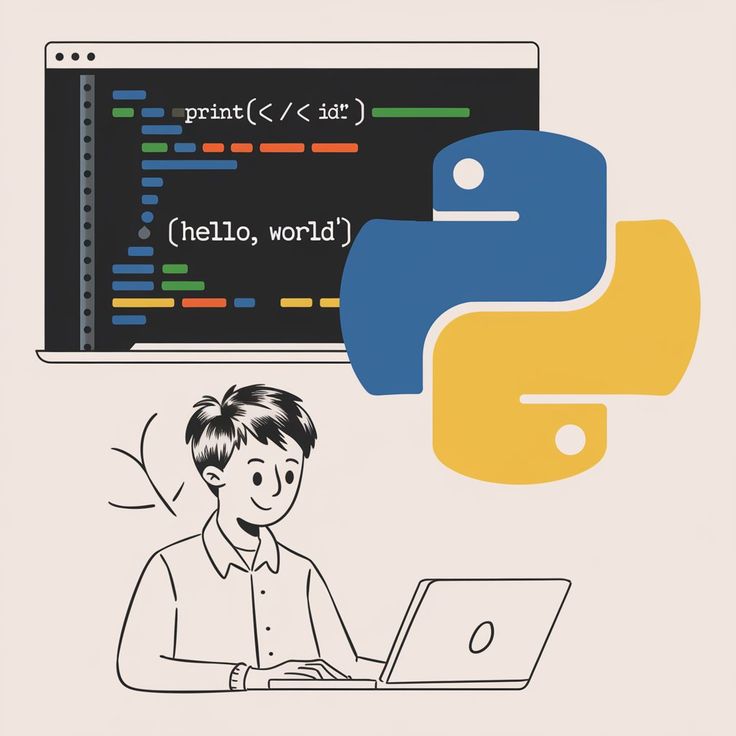
Joemer Castillo
Philippines |
No votes yet
Topics Covered are Introduction to Python Programming, Intermediate Python Programming, Object-Oriented Programming, and Data Structures and Algorithms

Preeti Thakur
India |
No votes yet
The world of Artificial intelligence and Machine Learning
- All Levels
- 48 hours
- 12-18 Years
-
 Online Classes (Group)
Online Classes (Group)
 INR 5000.00 Monthly
INR 5000.00 Monthly
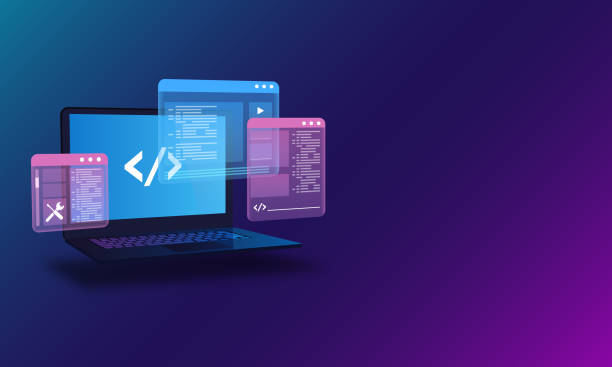
Amulya Sukrutha
India |
No votes yet
Having a strong background in the fundamentals of AI/ML is crucial for building real-world applications that automate and optimize your lifestyle. Artificial Intelligence and Machine Learning precisely describe how to train our application to learn from the data, analyze it, and gain decisive abilities.
Lesson 1: Introduction to Artificial Intelligence and Machine Learning
- What is AI? What is ML? Differences between AI, ML, DL, and Data Science
- Real-world applications
- History and evolution of AI
- Types of ML: Supervised, Unsupervised, Reinforcement Learning
- Tools setup: Python, Jupyter Notebooks, Google Colab
Lesson 2: Python for AI/ML
- Python basics recap: variables, data types, functions, control flow
- Libraries for ML: NumPy, pandas, matplotlib
- Hands-on with data loading, preprocessing, and visualization
Lesson 3: Mathematics for ML - Part 1
- Linear Algebra essentials: vectors, matrices, dot product
- Applications in ML
- Numpy-based matrix operations
Lesson 4: Mathematics for ML - Part 2
- Probability and Statistics basics
- Mean, median, variance, standard deviation
- Distributions, correlation vs. causation
Lesson 5: Supervised Learning - Regression
- Linear regression (Simple and Multiple)
- Cost function, gradient descent
- Evaluation metrics: MAE, MSE, RMSE, R² score
- Hands-on: House price prediction dataset
Lesson 6: Supervised Learning - Classification
- Logistic regression
- Decision trees
- Confusion matrix, accuracy, precision, recall, F1 score
- Hands-on: Email spam classifier
Lesson 7: Unsupervised Learning - Clustering
- K-means clustering
- Evaluation: Elbow method, silhouette score
- Hands-on: Customer segmentation
Lesson 8: Unsupervised Learning - Dimensionality Reduction
- Principal Component Analysis (PCA)
- Feature selection vs. extraction
- Hands-on: Visualizing high-dimensional data
Lesson 9: Model Evaluation and Tuning
- Train/test/validation split
- Cross-validation
- Hyperparameter tuning (Grid Search, Random Search)
- Avoiding overfitting/underfitting
Lesson 10: Introduction to Deep Learning
- What is Deep Learning? Neural Networks
- Perceptron, forward/backward propagation
- Brief intro to TensorFlow/Keras or PyTorch
Lesson 11: Capstone Project Work
- Students form groups or work individually
- Choose a dataset, define a problem, build and evaluate a model
- Instructor mentorship
Lesson 12: Project Presentations + Wrap-Up
- Students present their projects
- Peer review
- Course recap, next steps, career guidance, resources

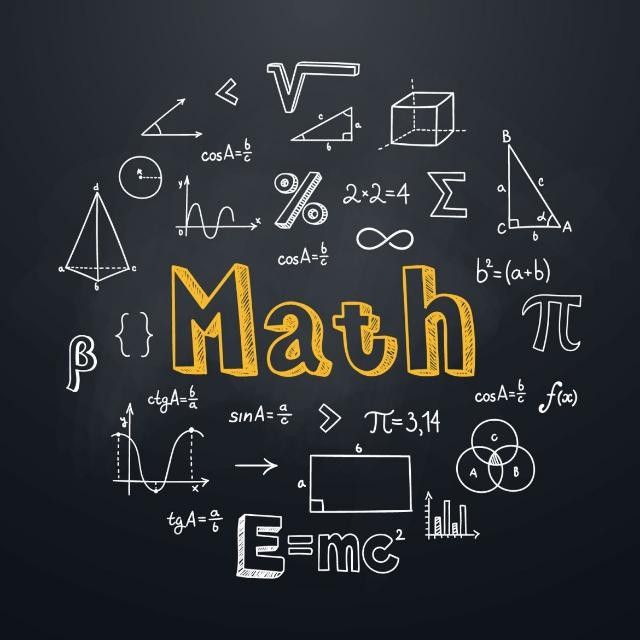

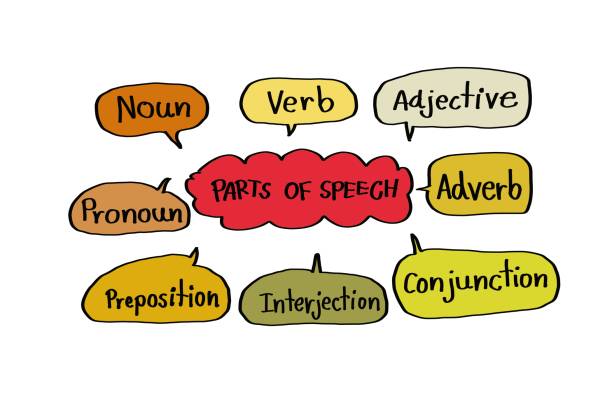
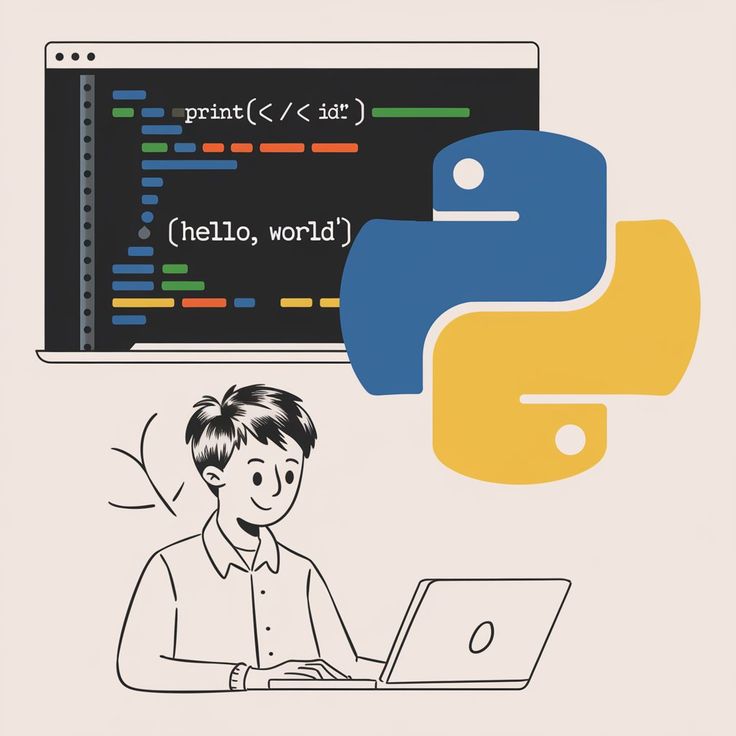

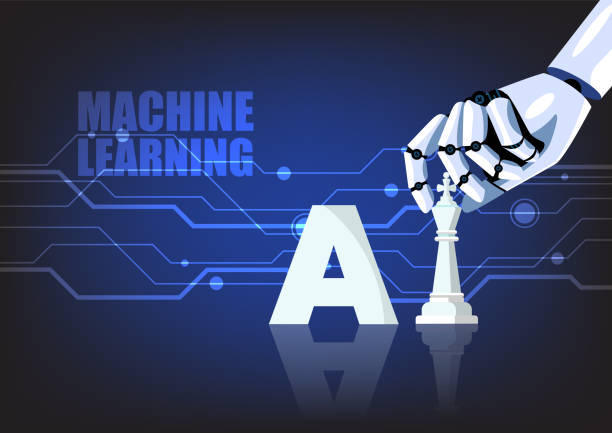
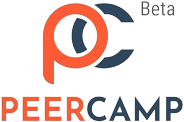
 Academics
Academics Tech Skills
Tech Skills Soft Skills
Soft Skills
